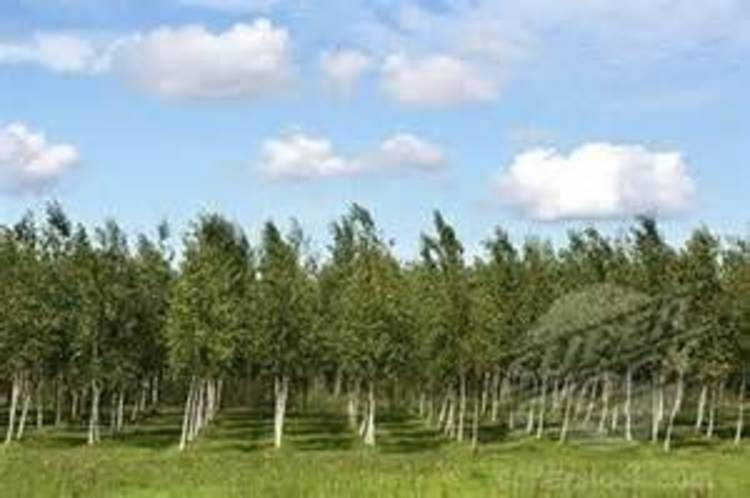A probability problem by prakriti bansal
 A gardener plants three maple trees, four oaks, and five birch trees in a row. He plants them in random order, each arrangement being equally likely. Let m/n in lowest terms be the probability that no two birch trees are next to one another. Find m+n .
A gardener plants three maple trees, four oaks, and five birch trees in a row. He plants them in random order, each arrangement being equally likely. Let m/n in lowest terms be the probability that no two birch trees are next to one another. Find m+n .
The answer is 106.
This section requires Javascript.
You are seeing this because something didn't load right. We suggest you, (a) try
refreshing the page, (b) enabling javascript if it is disabled on your browser and,
finally, (c)
loading the
non-javascript version of this page
. We're sorry about the hassle.
I) The total of of possible arrangements is: 3 ! 4 ! 5 ! 1 2 ! = 2 7 7 2 0 .
II) In order to calculate the total of arrangements in which birch trees are not together, first we calculate how many ways we can set maple and oak trees: ( 3 7 ) = 3 5 . Now we have to choose the places between each arrangement and multiply by the total. For example, we got 8 places for the following arrangement:
Now we just need to choose 5 out of the 8 places available to set the birch trees, that is: ( 5 8 ) = 5 6 .
The total of possible arrangements are then: 5 6 . 3 5 = 2 0 1 6 .
The probability searched is, then: p = 2 7 7 2 0 2 0 1 6 = 9 9 7 . The answer is: 7 + 9 9 = 1 0 6 .